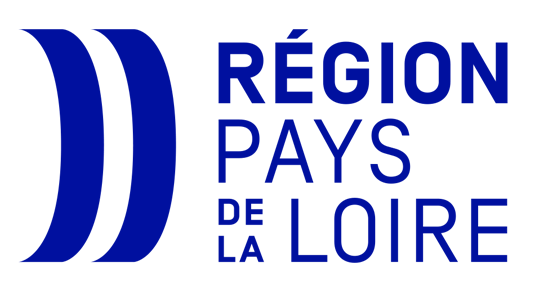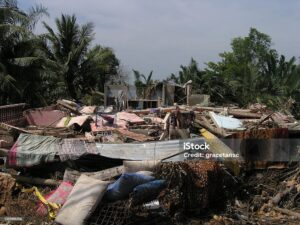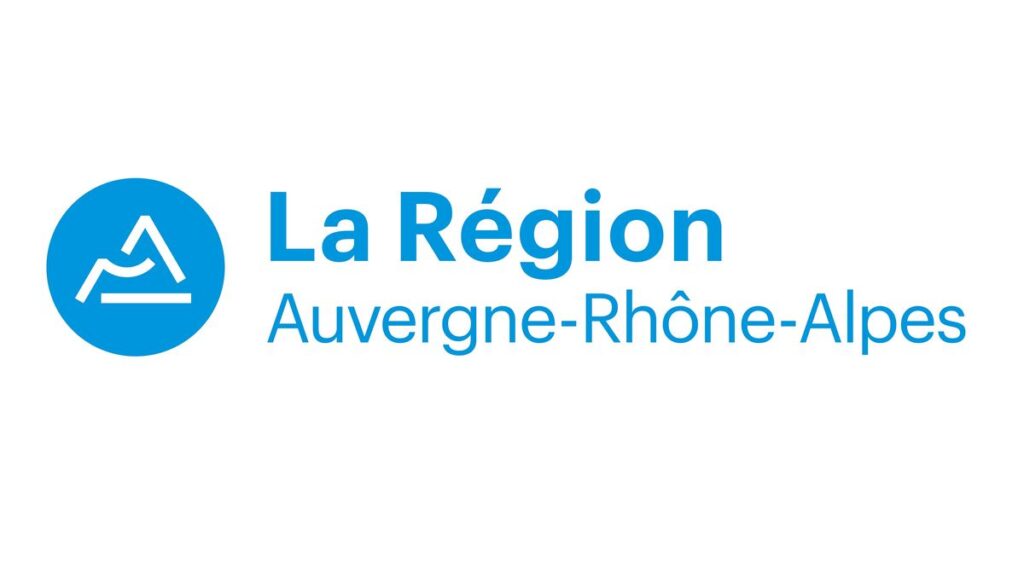The Historical Roots of Kush
The term “Kush” originates from the Hindu Kush mountains, which lie between Afghanistan, Pakistan, and India. This region is famous not only for its rugged terrain but also for its historical role in cannabis cultivation. Thanks to the local climate, altitude, and farming traditions, many cannabis varieties developed in this region. These strains, especially indica types, have influenced cannabis genetics worldwide.
From Natural Plant to Synthetic Drug
Originally, “Kush” referred to a group of cannabis strains, particularly indica-dominant ones. These plants are known for their relaxing and sedative effects. Strains like OG Kush, Purple Kush, and Bubba Kush became popular for their strong aromas and powerful highs. In its natural form, Kush was considered high-quality marijuana used for both recreational and therapeutic purposes.
However, in recent years, the term has come to describe a synthetic drug that is far more dangerous. Unlike natural cannabis, today’s Kush contains highly potent and often toxic substances that pose serious health risks.
Composition and Effects of Modern Kush
Indeed, modern Kush is no longer a natural product. It is a synthetic mixture containing powerful psychoactive chemicals. Two main compounds often found are nitazenes—opioids up to 25 times stronger than fentanyl—and MDMB-4en-PINACA, a synthetic cannabinoid nine times stronger than THC.
These substances are rarely combined but always highly addictive and potentially lethal. Other ingredients include marshmallow leaves, acetone, formalin (a chemical used to preserve corpses), and sometimes tramadol. Together, they form a drug that is extremely harmful, especially to vulnerable youth.
The West African Crisis
The spread of Kush is particularly alarming in West Africa. Countries like Sierra Leone, Liberia, Guinea, and Senegal are facing a growing crisis. In Sierra Leone, young people in impoverished neighborhoods are the most affected. In 2024, the government declared a national emergency due to drug use.
Senegalese authorities have reported weekly seizures of Kush. According to law enforcement, Sierra Leone has become the central hub for both the production and trafficking of the drug in the region. Kush is cheap, easy to make, and easily accessible—factors that contribute to its rapid spread.
International Involvement and Trafficking Routes
Kush first appeared in Africa around 2016. Research shows that the first synthetic batches were imported pre-mixed from the United Kingdom. Later, a major seizure in Rotterdam confirmed Dutch involvement. Today, the drug often enters countries through postal shipments, especially to Freetown.
Because many of its components can be purchased online, especially from Chinese suppliers on platforms like Alibaba, the production of Kush has become decentralized. Individuals no longer need to be part of a drug cartel—just a stable internet connection and some money are enough to start making and selling the drug locally.
Government Response and Social Impact
Several governments have begun taking action. In Liberia, President Joseph Boakai called Kush an epidemic threatening the nation’s youth. According to the UN, about 20% of young Liberians use hard drugs. Sierra Leone’s president referred to Kush as an “existential threat” and launched a national task force combining prevention and law enforcement.
In Guinea, officials link Kush directly to youth deaths. Ports and fishing docks, often operated by Sierra Leoneans, have become major entry points. The situation reflects a wider regional pattern, with markets in Liberia, Guinea, and Gambia developing similarly to that of Sierra Leone.
The Urgent Need for Action
Experts stress the need for immediate, coordinated action. The Global Initiative Against Transnational Organized Crime recommends improving early-warning systems, increasing information sharing, and investing in better tools for detecting synthetic drugs.
To disrupt the supply chain, it’s essential to strengthen maritime export controls—especially in China, the UK, and the Netherlands. At the same time, governments must work to reduce the harm to users by improving access to addiction treatment, including opioid substitutes and overdose-reversal drugs like naloxone.










